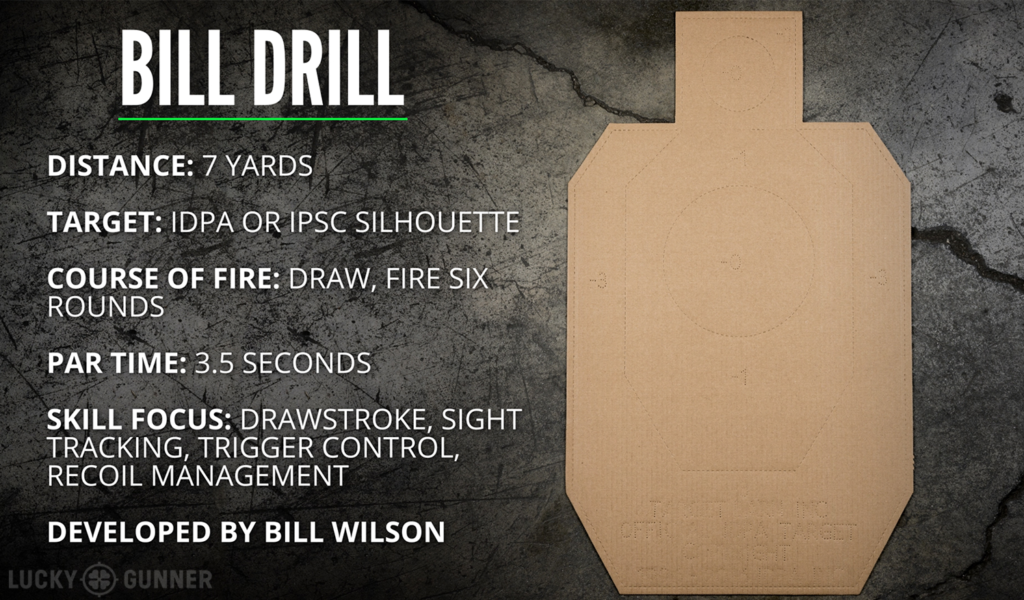This is an article I never thought I’d be writing. I had some experiences in the past couple of weeks that sharpened my outlook on some firearms related things, and I thought they might be good to share.
First and foremost, you need to be carrying everywhere you legally can. I don’t leave the house without a gun on me somewhere, even if it’s just going to get the mail. For whatever reason, it seems like society is fraying at the edges and daily life is getting more dangerous.
I’m going to start with a question: Do you know that your EDC is going to work when you need it? You really ought to have verified that your set-up works properly. What do I mean by that? Simply that the combination of gun, ammo and holster perform the way they’re supposed to. Does your gun cycle your chosen ammo consistently? Can you get three or four mags thru it without a malfunction? Does your holster retain the pistol while you’re moving around? Does it release properly when you draw? Do the clips or loops stay put on your belt during the draw?
If you aren’t 110% sure that your rig is going to work when you need it to, why bother? If you’re not sure, you may as well be carrying a brick.
I have a program that I follow for validating my EDC set-ups. (Yes, there are several of them). First, I make sure the chosen pistol will run for 250 rounds without a malfunction (ammo related malfunctions excepted). Then I run a reliability/accuracy test with 100 rounds of whatever defensive ammo I choose. If I can’t keep 9 out of 10 shots in the A zone on a standard IPSC target at 10m, I look for a different round. The same if there are more than 2 ammo failures during the test.

Once you’ve validated your pistol/ammo combo, it’s time to look for a holster. Holster set-up is a very personal thing. While I have companies that I like and trust, YMMV when it comes to holsters. I currently alternate between appendix inside-the-waistband (a Glock 43x MOS in a Werx M6) and 5 o’clock IWB carry (one of several 1911s in either an Alien Gear Cloak Tuck or one of a couple leather rigs). Those seem to work best for me. You need to make sure your chosen holster holds the pistol securely but releases cleanly on the draw. There are many good holsters out there and it may take a couple of tries to find the one that works best for you.
What’s next? Training.
I am going to make a few assumptions here. Most of you reading this have at least a passing familiarity with firearms, and know the basics of gun safety. That said, I’m going to reiterate some key points on safety. First and foremost, treat every gun as if it is loaded. Next, do not point a gun at anything you aren’t willing to destroy. Third, treat every gun as if it’s loaded. And yes, I know I repeated myself.
The first thing I’m going to cover as far as training goes is that you really, really need to practice your draw. There are plenty of videos on YouTube and Rumble that break down the draw from concealment. Go watch a couple, and practice what you see. Try a few different techniques and figure out what works best for you. You’ll need to practice with whatever clothing, holster and accessories you carry/wear daily. The whole point of training is to make it as close to real life as possible.
I was shooting with an acquaintance the other day, and while he is an above average shooter from the bench, he had never practiced shooting from the draw. He said he didn’t feel the need to practice from the draw, ‘because I always carry in the same way and I just have to grab the gun and i’m ready.’
Yah, nah.
I pulled out my shot timer, set up a target at 7 yards and told him he had to draw, aim and fire 6 shots within 3.5 seconds, hitting C-zone or better. He actually managed to hit the target once out of ten tries. This is called a “Bill drill” and it puts together all the components needed for defensive shooting, a good grip, smooth draw, sight presentation and accuracy. For the record, I did the same drill in 1.92 seconds.

What does that anecdote tell us? That you need to practice all aspects of defensive shooting. It also tells us that the addition of stress, in this case the shot timer, can affect our shooting.
If you don’t have a shot timer, it may be time to pick one up. The dedicated shot timers from Pact and Competition Electronics will run you about $150. Or you could download one of the free shot timer apps for your smartphone. Using a timer will quantify your performance and help you chart your gains. They also have the benefit of adding additional stressors to your shooting.
Once again, YouTube and Rumble (and all the other video sites) are your friends. Go search up some defensive shooting drills. Then take them to the range. Drills like the close range Enos drill, the El Presidente, the Mozambique and the Bill drill all have real life implications and all will make you a better defensive shooter.
Keep in mind, not all of your training needs to be live fire. Dry fire drills can be very effective in building ‘muscle memory’. Ammo has gotten a bit expensive since the ‘vid hit, so you may want to invest in one of the many electronic training aids out there like the MantisX or the LaserHIT. Can they replace live fire? No, of course not. They can however improve certain aspects of your shooting.
